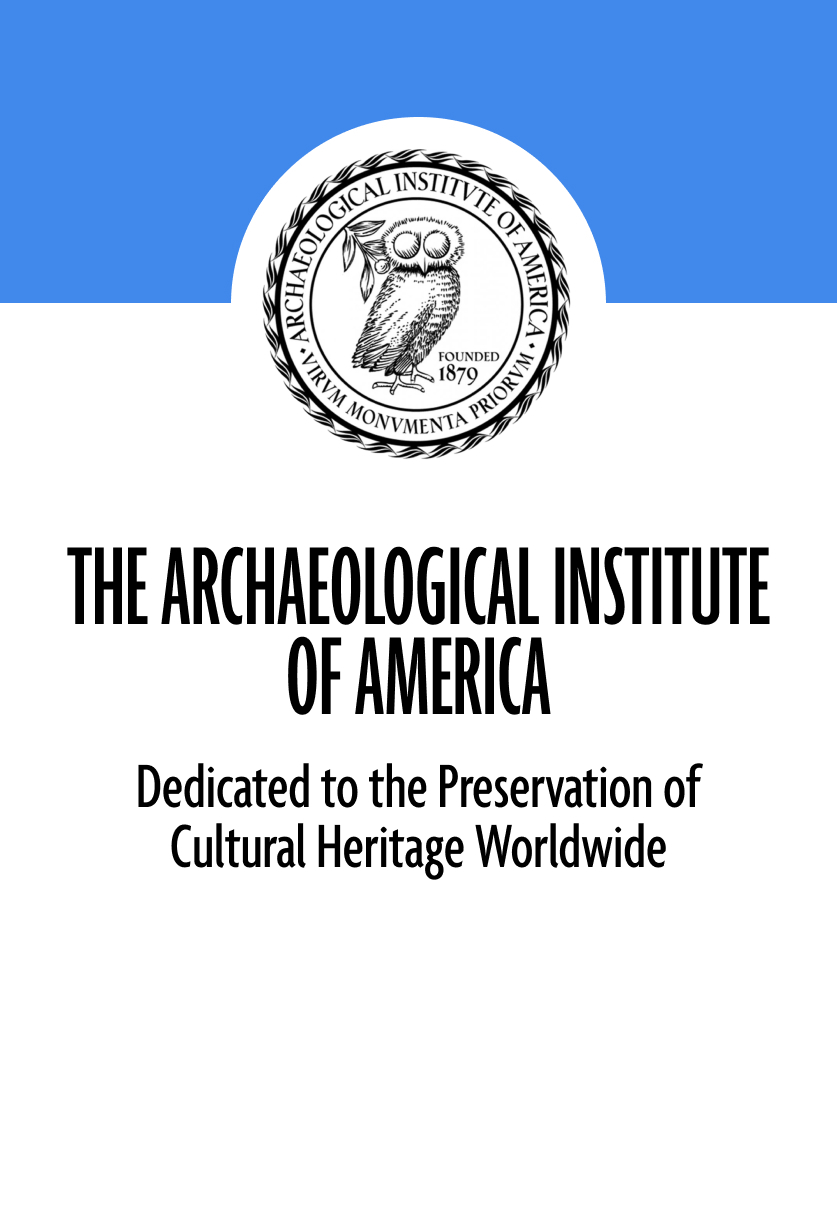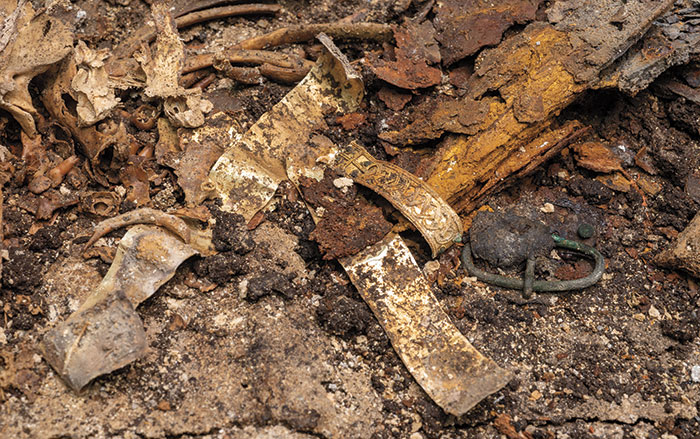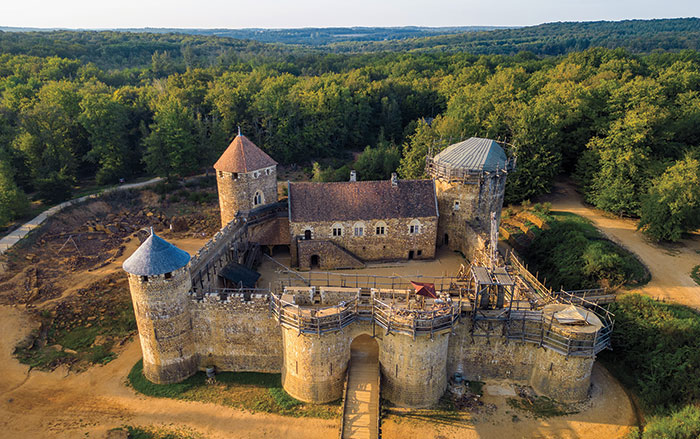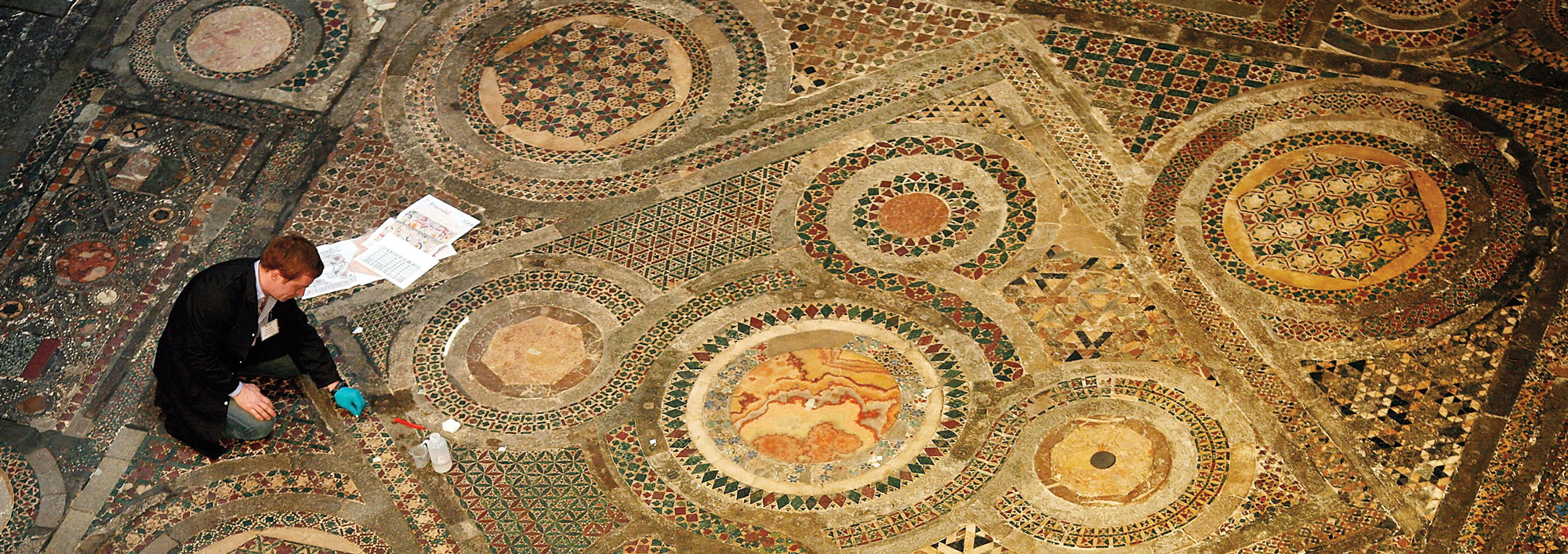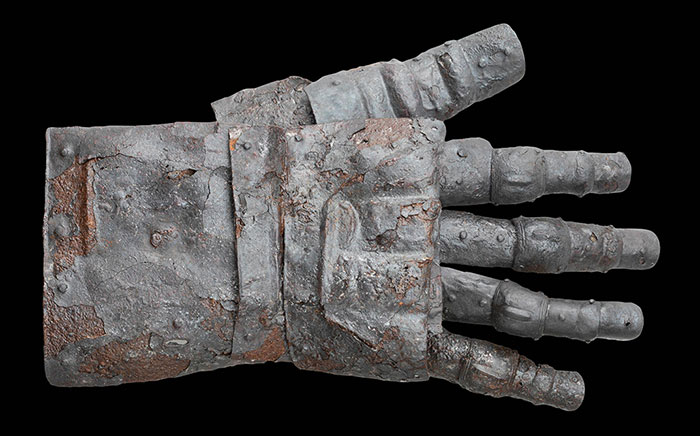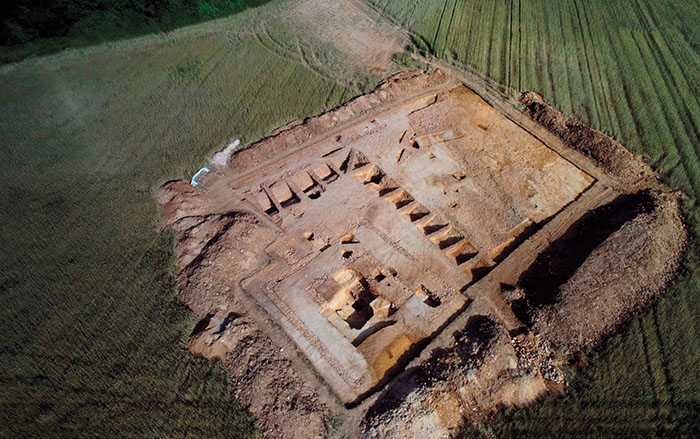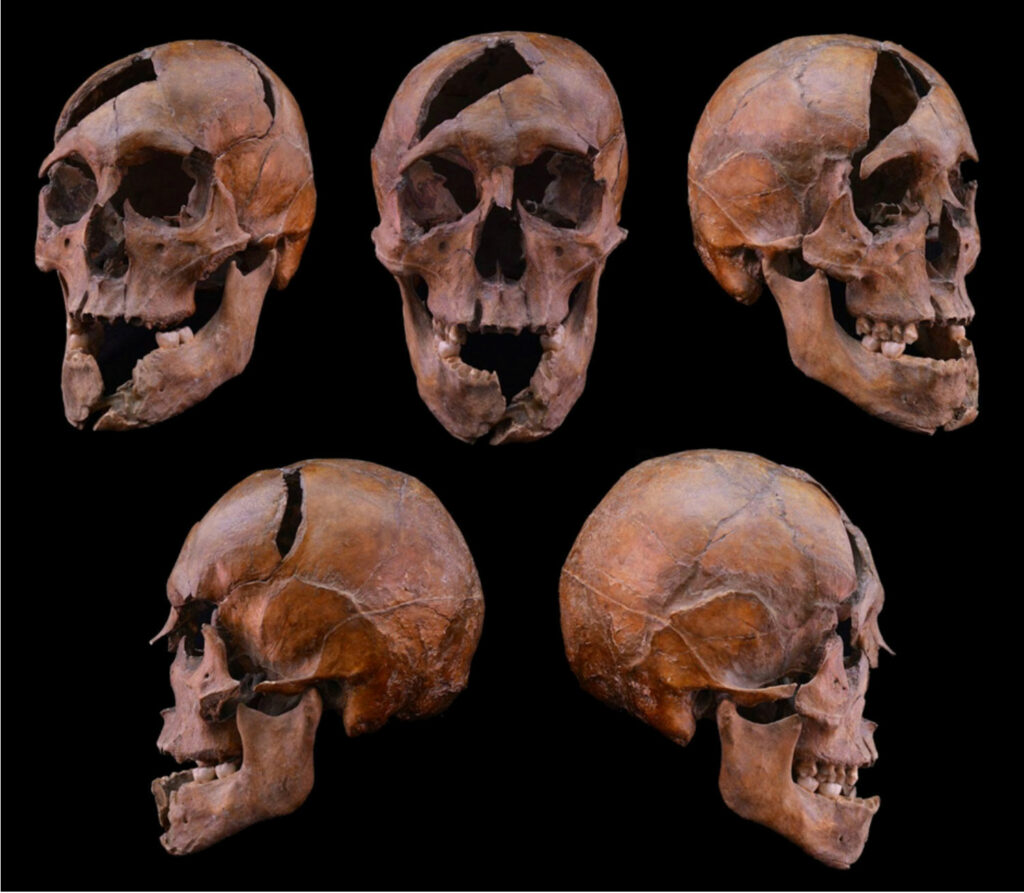
BUDAPEST, HUNGARY—According to a statement released by Eötvös Loránd University, an international team of researchers led by Tamás Hajdu of Eötvös Loránd University has identified a skeleton unearthed on Budapest’s Margaret Island as the remains of Duke Béla of Macsó. The thirteenth-century duke is known to have been the maternal grandson of King Béla IV of Hungary and a member of the Scandinavian Rurik dynasty, which ruled Kievan Rus, on his father’s side. Austrian historical accounts attest that the duke was assassinated in November 1272, and that his body was recovered by relatives and buried in a monastery on Margaret Island. The bones in question were unearthed in 1915 by archaeologists who were excavating the monastery. An examination in the early twentieth century noted the multiple deep wounds on the bones and tentatively identified the remains as Duke Béla of Macsó. The new investigation recorded 26 injuries, all inflicted in the same attack, likely by three people armed with a saber and a longsword. The scientists found that once the victim fell to the ground, the assassins focused the fatal attack on his head and face. Chemical analysis of the bones determined that the victim consumed a large amount of protein, including fish and shellfish. Strontium isotope analysis shows that he did not grow up where he had been buried, but moved throughout the region during his childhood. Finally, genetic analysis identified the remains as a direct descendant of King Béla III, while almost half of the genome was identified as Scandinavian in origin. Read the original scholarly article about this research in Forensic Science International: Genetics. To read about excavations of an Ottoman outpost outside the Hungarian town of Szigetvar, go to "Letter from Hungary: The Search for the Sultan's Tomb."
